On a recent Cirrus SR20 trip to Florida and back, I let the FBOs pick rental cars for me. The result was typically a base-model Toyota Camry from Go Rentals (awesome service!), which is a near-great car at $25,000. The worst feature is the infotainment system software, which is slow to boot up and slow to recognize that an iPhone has been plugged in for Apple CarPlay. The CarPlay feature does not work via BlueTooth, so a quick stop becomes cumbersome due to unplugging the phone, plugging the phone back in, acknowledging some legalese, trying to get CarPlay reestablished on the screen, etc. Nit: the engine roars a bit and sounds strained under hard acceleration (not a problem if my 35 mph limit proposal is adopted).
Verdict: A better car than a Tesla for practical driving performance and comfort.
Florida was jammed with visitors. The ramp at Naples had jets packed on the ramp as if they were in a hangar, with every square foot of ramp space used as efficiently as possible (more typical: optimize outdoor parking so that it is possible to start up and drive out without another aircraft having to be moved). At Palm Beach, the ramp looked like someone had robbed a Gulfstream store (a friend: “In Palm Beach, people don’t ask if you have a jet. They ask ‘What color is your Gulfstream?'”). Here’s the kind of inequality that upsets me most and that I hope President Harris will address:
(1960 Beech Debonair (still worth an astonishing $50,000!) and a Gulfstream so new that N332DX couldn’t be found in the FAA database)
As I walked out of the FBO, the transportation choices were Bentley or Rolls-Royce:
Due to a Camry shortage, I was fated, however, to drive a Toyota Corolla ($20,000). This has all of the bad infotainment software of the Camry and none of the over-the-road comfort and quiet. It was so much noisier inside than the Camry that it was tough to believe it had been made by the same company. Maybe it would be okay for around-town driving, but it is definitely not suitable for the highway.
Just for fun… the Trump International Golf Club right next to Palm Beach International:
A classic car museum in Sarasota:
(A whole row of Ferraris that people bought and hardly ever drove.)
And, right next the museum, a store where you could buy the Sultan of Brunei’s armored Mercedes limo, perfect for driving to mostly peaceful protests:
Or a wood-sided station wagon for $170,000:
A classic truck…

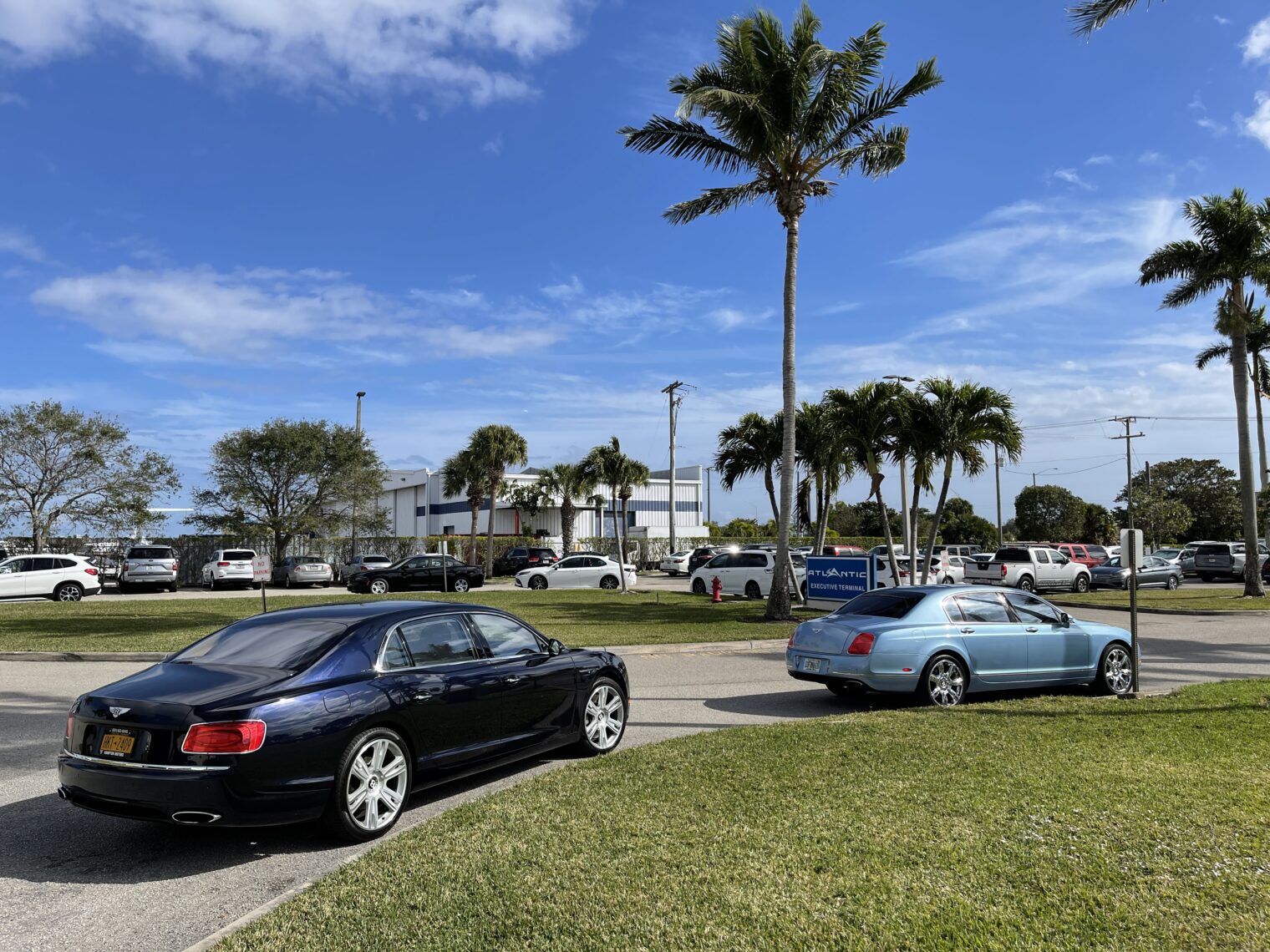


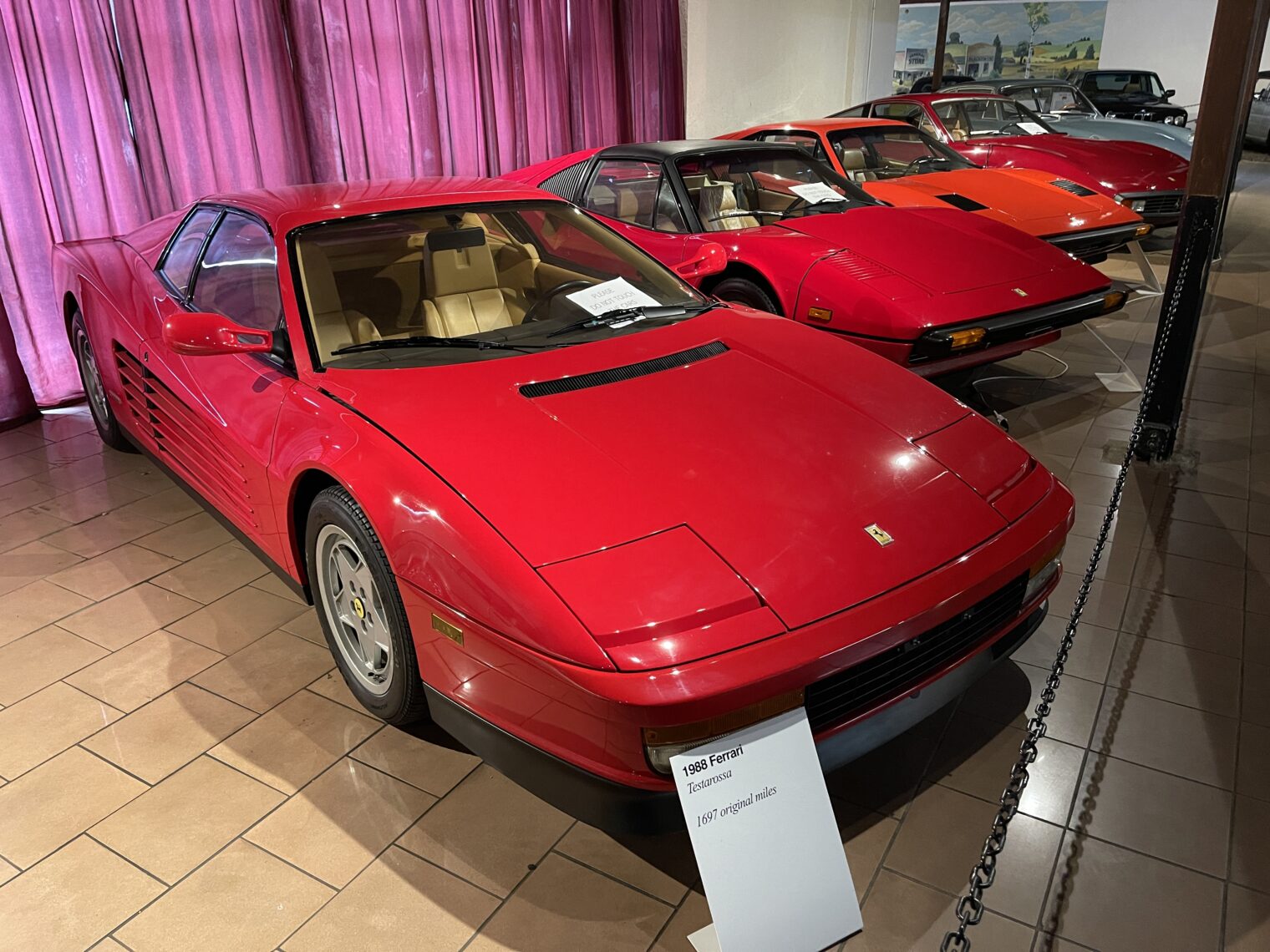
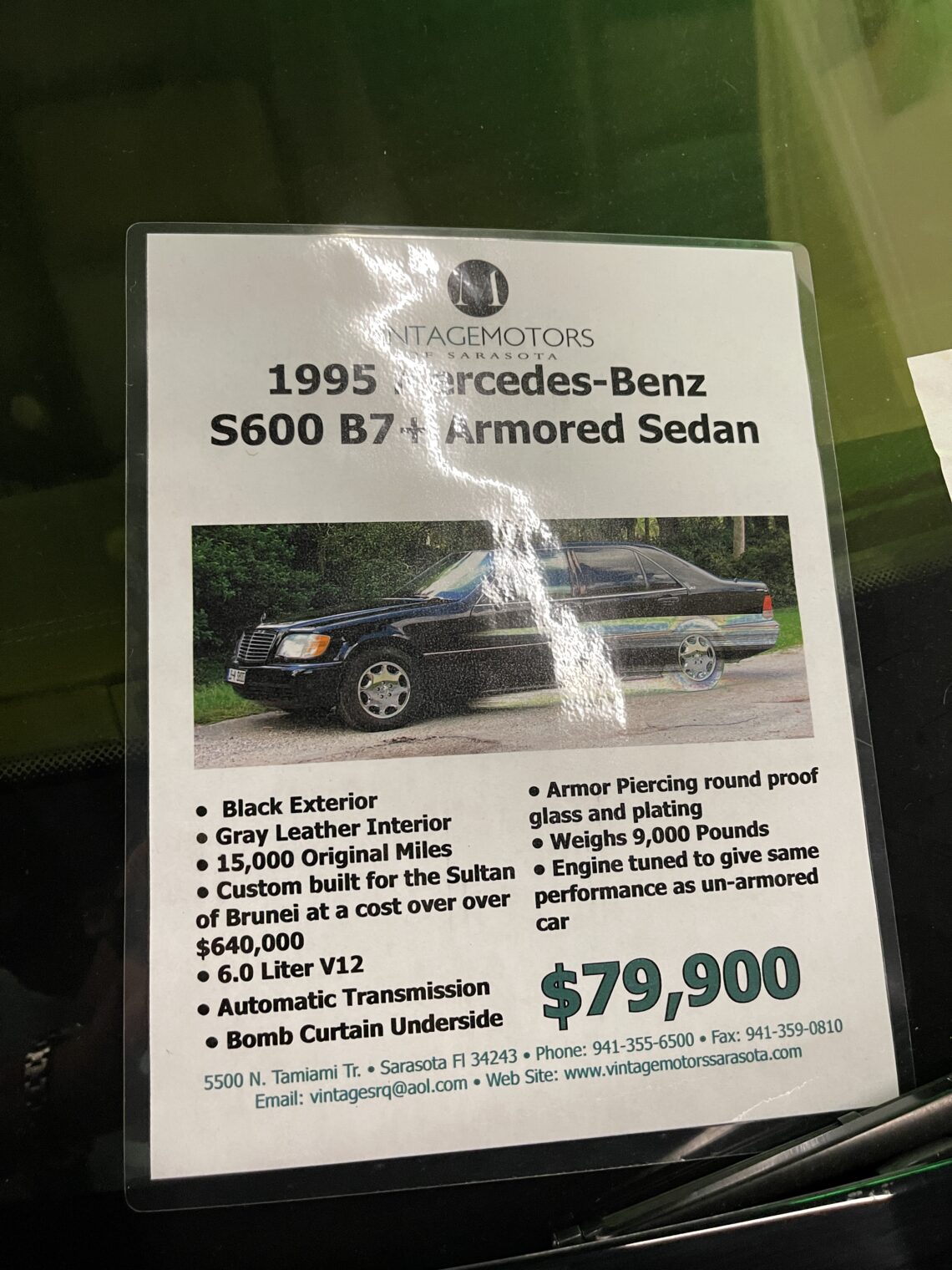
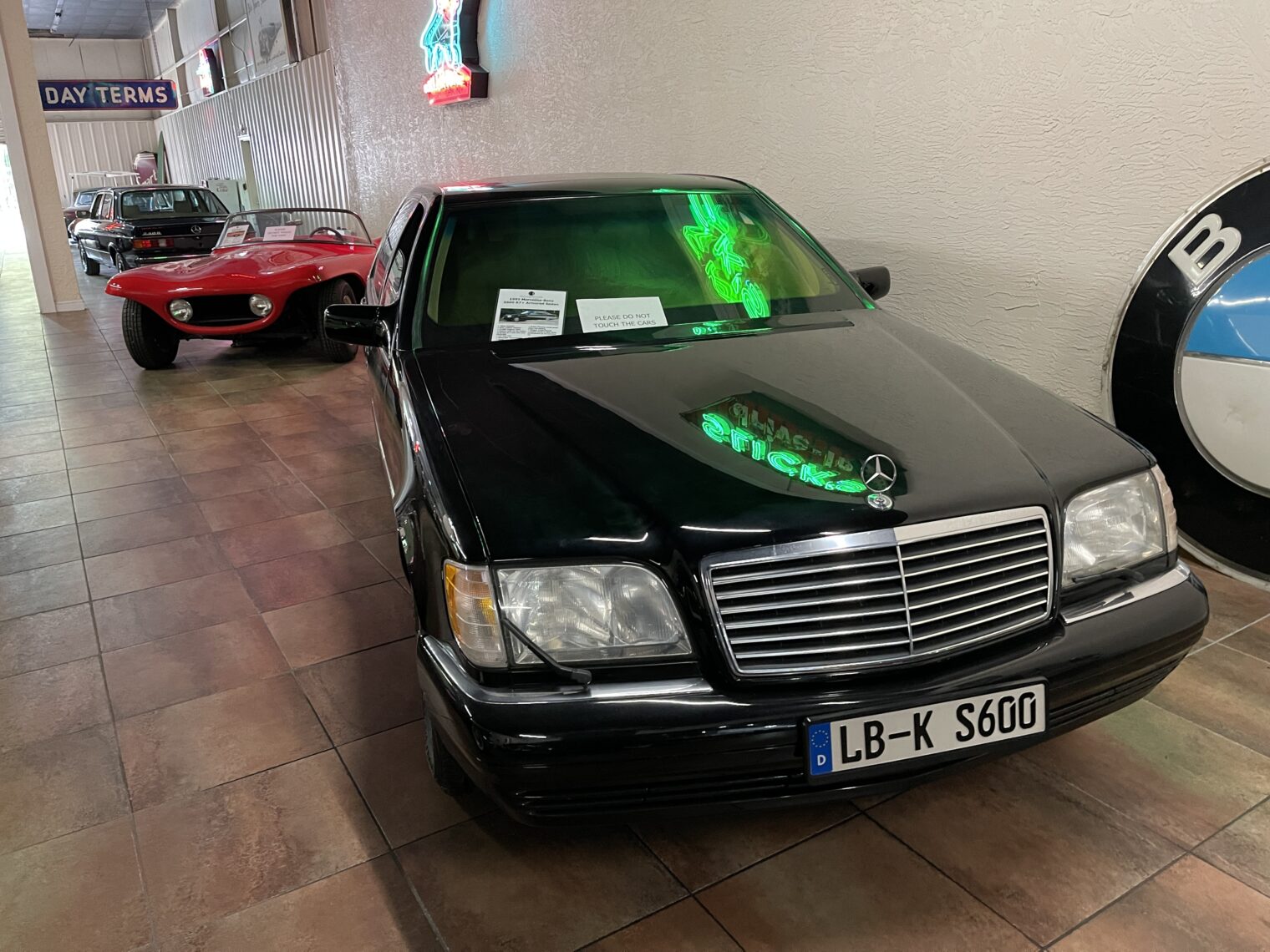
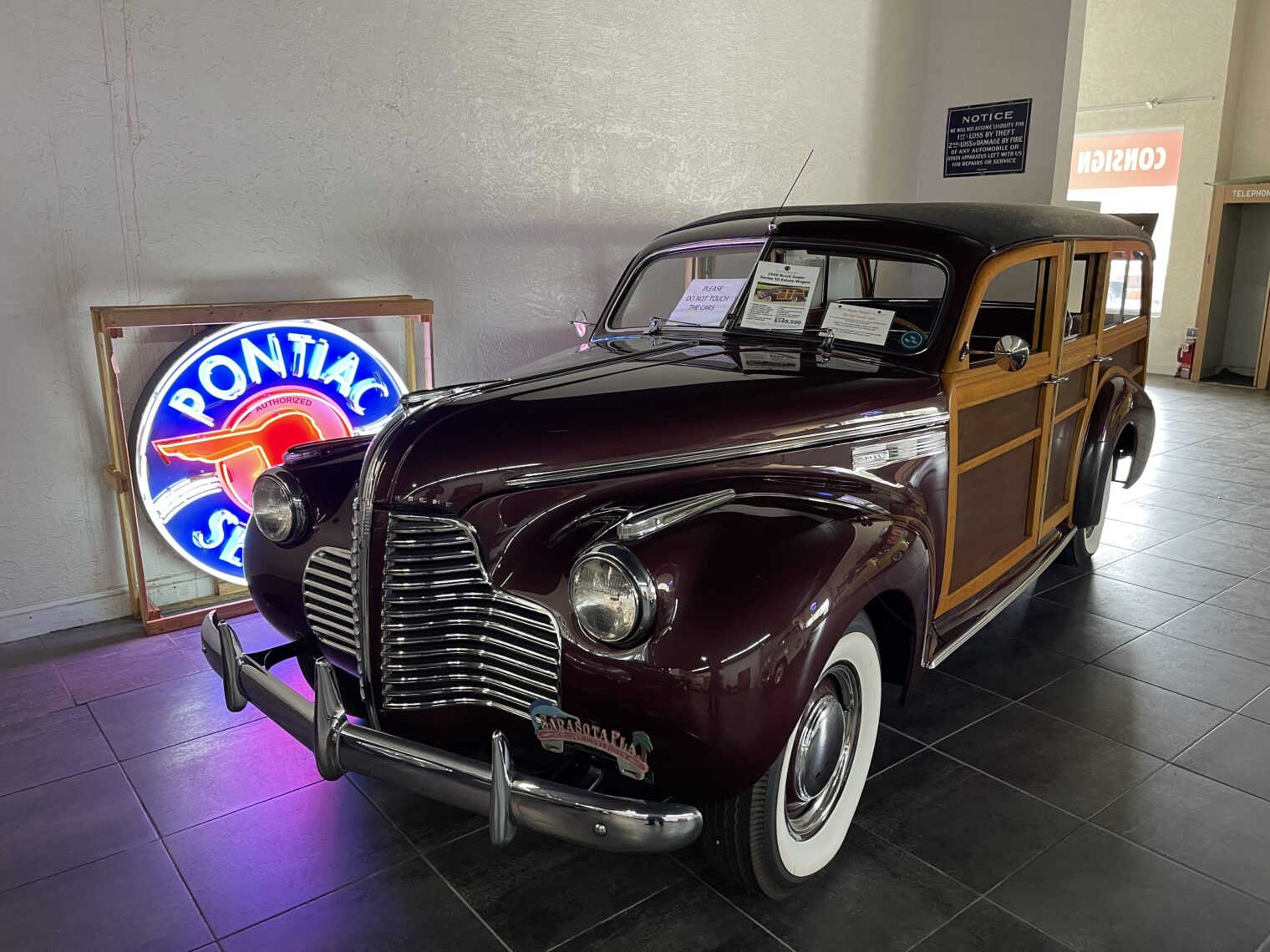
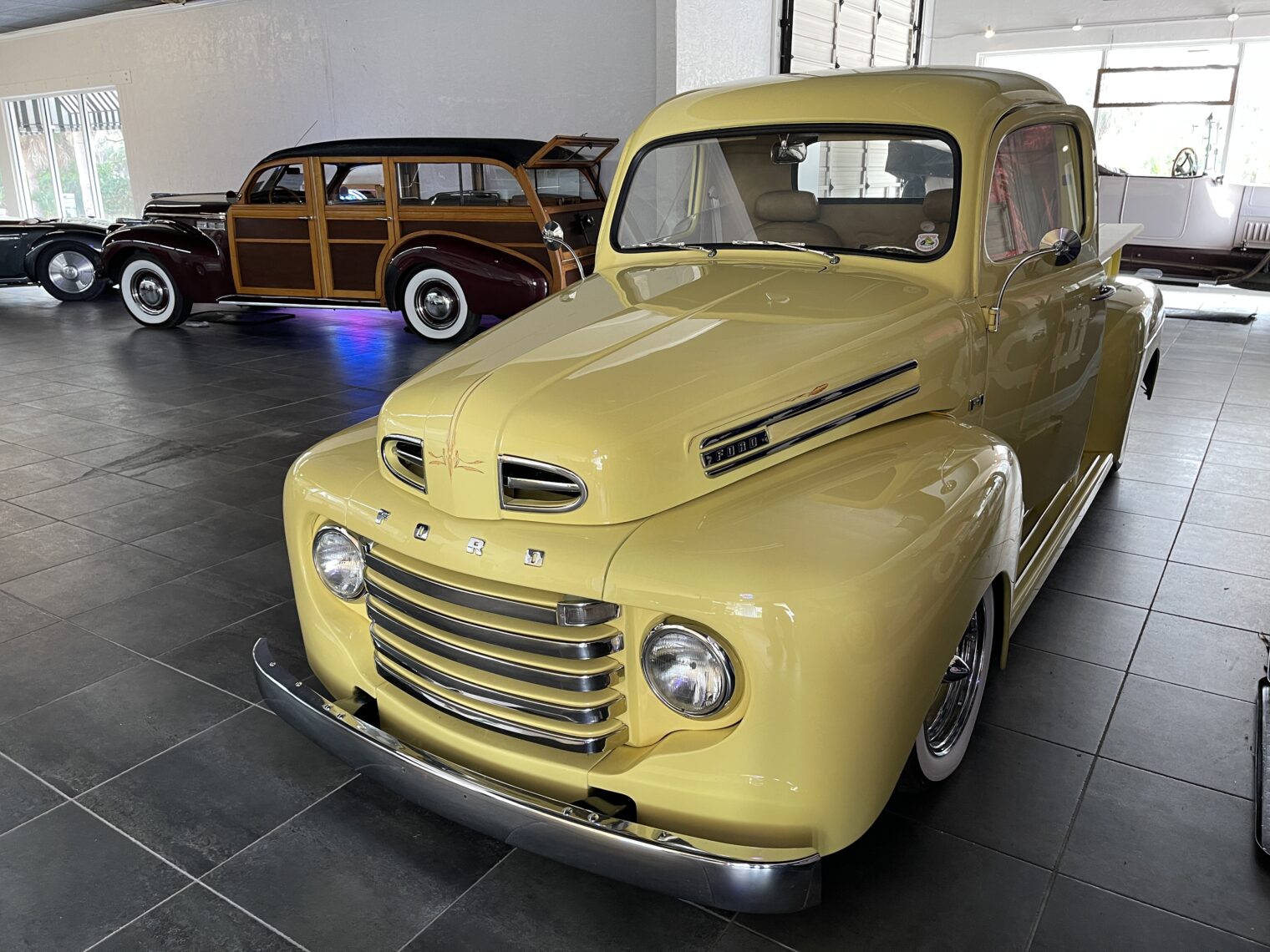
The Camry is one heck of a car for $25 grand, and the LE Hybrid model is a little over $27k, an MPG champion with 51/53 MPG and no need to plug it in – ever. The slightly more expensive SE Hybrid is still under $29,000 and sportier (firmer suspension, a bit less MPG, which you might not want/need.)
The batteries are backed by an 8-year, 100,000 mile warranty. It uses the P710 transaxle (which it shares with the RAV4 Hybrid) and John Kelly breaks it down, here:
https://www.youtube.com/watch?v=O61WihMRdjM
Here’s the kicker: The hybrid model also uses the A25A-FKS 2.5 liter Atkinson Cycle direct injection engine for the internal combustion powerplant. This is a very advanced engine that achieves a 39.8% Brake Thermal Efficiency rating. It is one of the most thermally-efficient gasoline engines for sale in any passenger car in the world.
So for $27-28k you are getting one of the best hybrid transaxles and one of the most thermally efficient gasoline engines in the world. Another positive feature is that a lot of people own and drive Toyota hybrids of various kinds, so there is a larger base of qualified mechanics to work on them independently. It’s really a fantastic package, a technological tour-de-force especially at the price. That video really shows why.
Addendum: I didn’t realize before I watched Kelly’s video, but the P710 transaxle is also very advanced in terms of its modes of operation and the accompanying control logic. It has *nine* modes of operation, which he lists in his breakout information and covers in the video. This is impressive because of the control theory and accompanying logic involved. It’s far more sophisticated than my 2010 Ford Escape Hybrid’s, which was an advanced design for its time.
Toyota is really putting cutting-edge engineering into the hands of the masses with these cars. They are using everything they know to squeeze the maximum efficiency out of the drivetrain while providing a seamless experience to the driver.
More on the Sultan’s S600 B7. This article says it is one of **four** of that model/year he had built to B7 specs. at the time, just so he could take a different one as the day wore on, or something. $38 million mansion in Beverly Hills, and 11 McLaren F1s (even Elon Musk only had one of those!)
The ’95 S600 V12 base car had 389 horsepower and achieved ~13 MPG combined mileage with a curb weight of ~5,030 pounds. To achieve equivalent performance in the ~9,000 pound B7, the V12 would have to put out around 700 horsepower, probably sinking the mileage into the single digits. I don’t see how you get there without forced induction (turbocharging most likely). If anyone thinks a ~9,000 pound car is going to go around corners as well as the base car in the same footprint, I hope they enjoy replacing tires (which are steel intertube run-flats on the B7) !
“The guy loves cars and spends his out of this world wealth to buy them and basically let them sit.”
https://germancarsforsaleblog.com/1995-mercedes-benz-s600-with-b7-armoring/
Made by TRASCO in Germany. They do SUVs, sedans, limousines, even an Aston Martin DB11!
As of October 2019, Bloomberg reports:
The Market for Bulletproof Vehicles Is Skyrocketing
It’s not just in Brazil and Nigeria. Demand in the United States is higher than ever.
https://www.bloomberg.com/news/articles/2019-10-31/the-market-for-bulletproof-cars-is-sky-high
“They remain bolstered by demand from what feels like every corner of the globe: From Brazil to Ukraine, Nigeria to the Philippines, everybody wants immunity from any imminent threat.”
@philg, $5,000/ticket and no fancy car rental?
Do you believe in markets so you invest the difference?
What’s your investment advice for $300 to $500 per day savings on car rental?
Asking $169,500 for the 1940 Buick Estate Wagon.
Those cars sold for $895-$1200, approximately.
$1100 in 1940 money is approximately $20,465 today. So that’s not a terrible return on investment – except for the cost of storing it all this time, and I can’t read the fine print to know whether it’s original/unrestored. It’s hard to believe they’re making much money overall even at $169,500 unless that’s a pretty exceptional car that was stored relatively cheaply. Beautiful in its way, though.
https://i.ibb.co/rbw09TN/BUICK-1940-ESTATE-WAGON.jpg
That one looks to be quite rare, one of 12 or fewer.
https://heacockclassic.com/articles/1940-buick-estate-wagon/
“Buick finally built just 495 examples, with production beginning mid year in 1940, and they quickly sold out. Proudly placed on a 121″ wheelbase, this lovely Estate Wagon easily carries six passengers and their luggage in style. The one-piece stamped front fenders are an engineering and production marvel; a period Buick ad read, “When you pilot this richly finished Buick Estate Wagon around, you’re riding with the crème de la crème of the entire country, coast to coast.”
“The Buick Club of America estimates that only about 12 1940 Buick Super Estate Wagons have survived, and all are in the hands of quality long-term collections.”